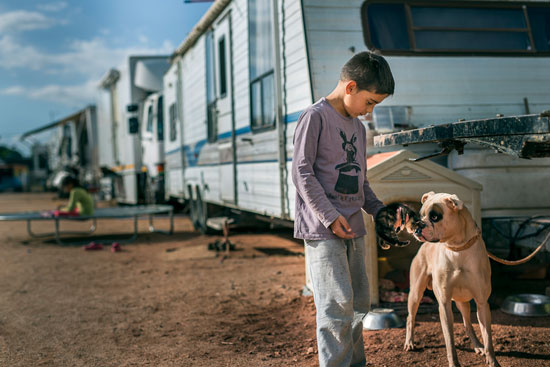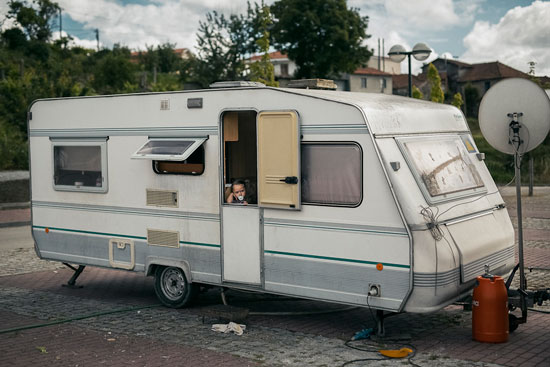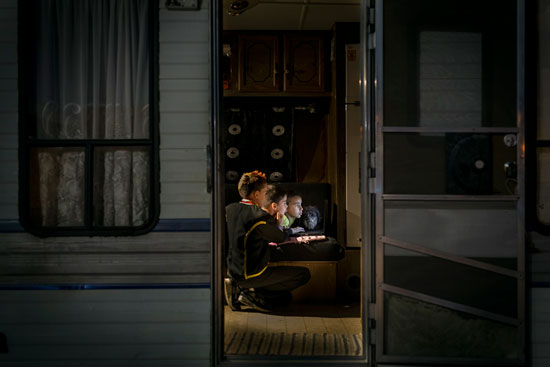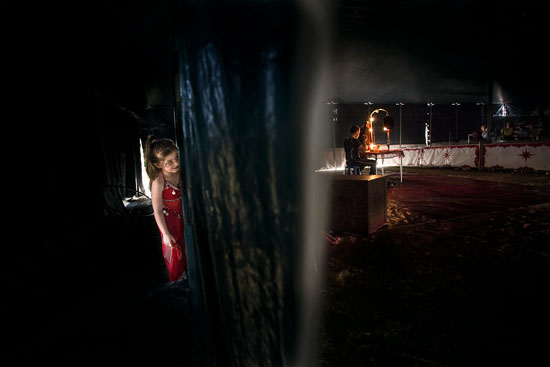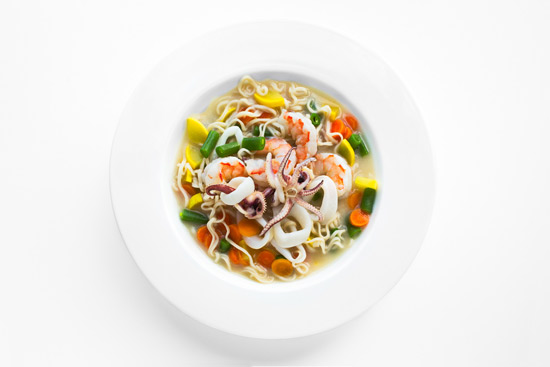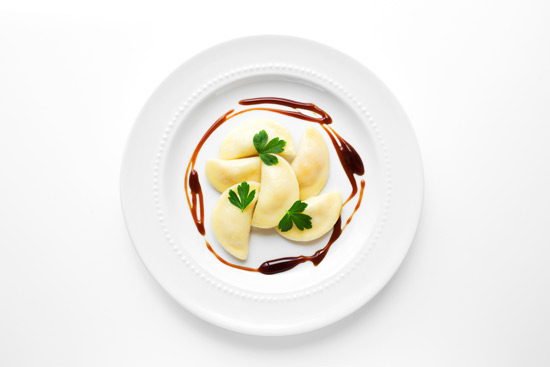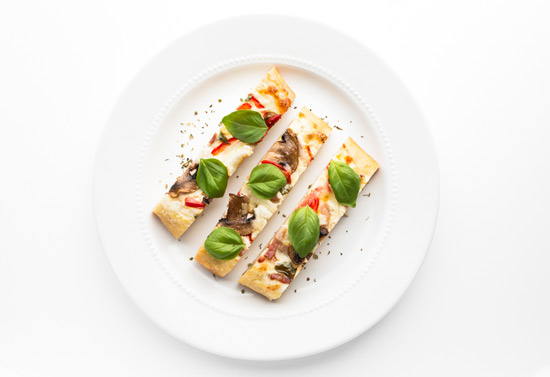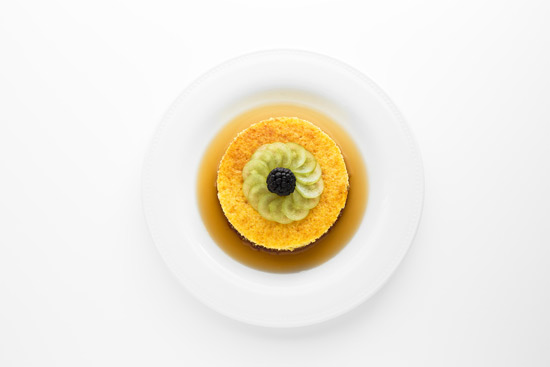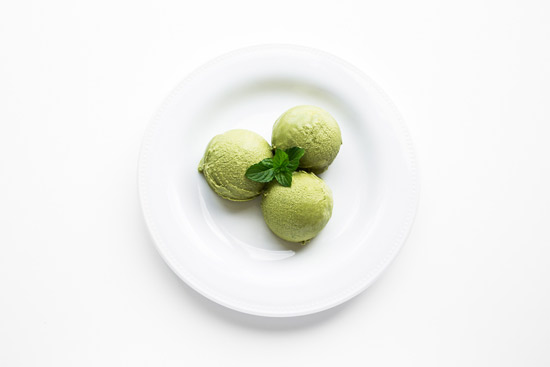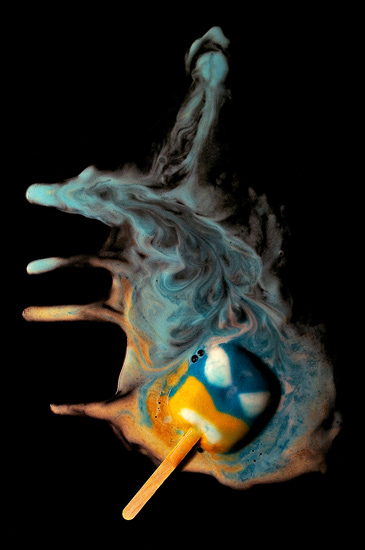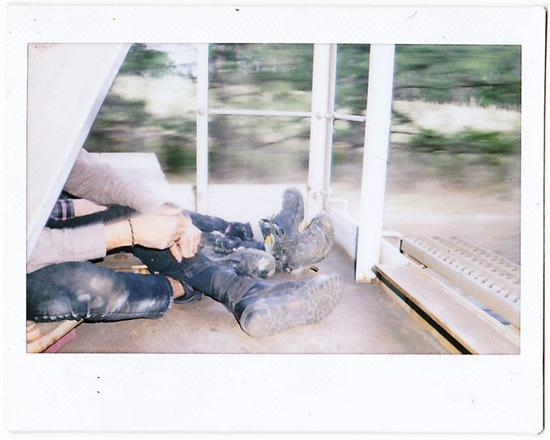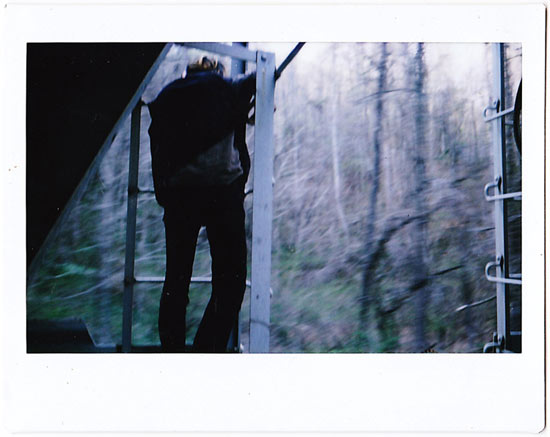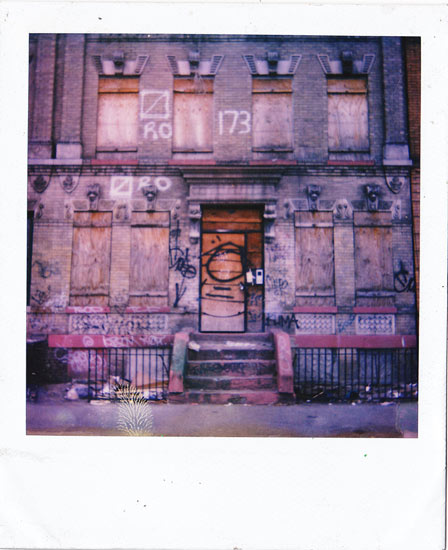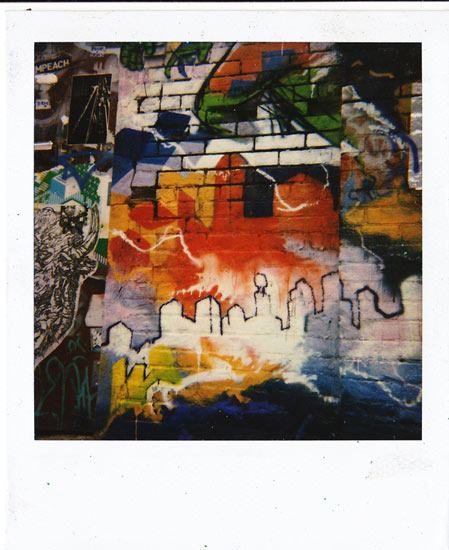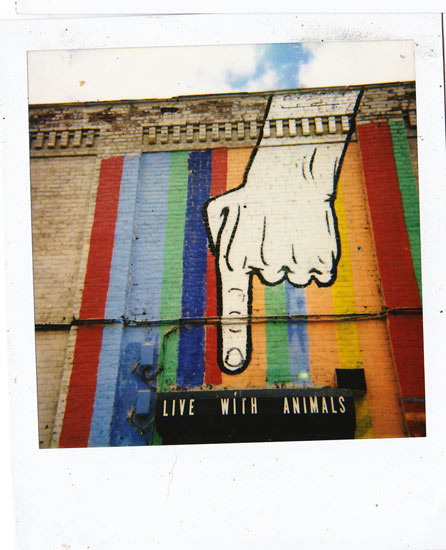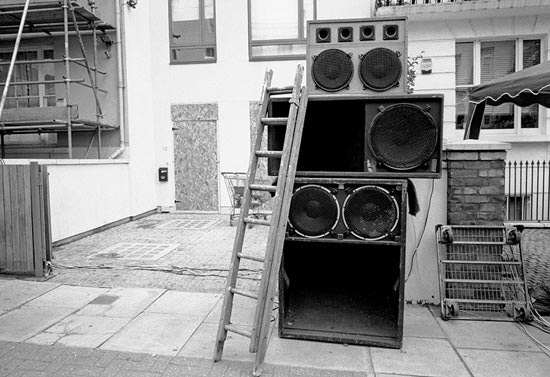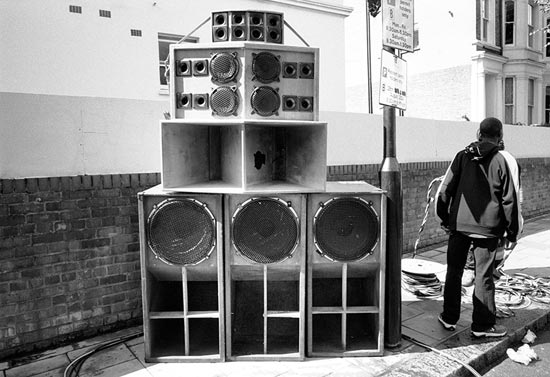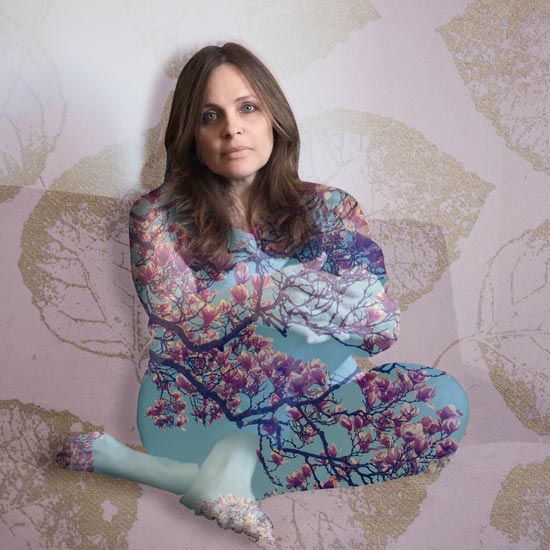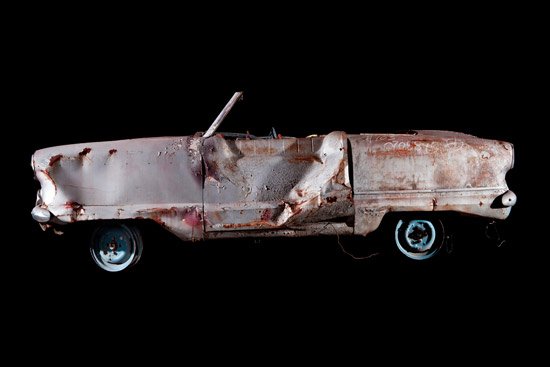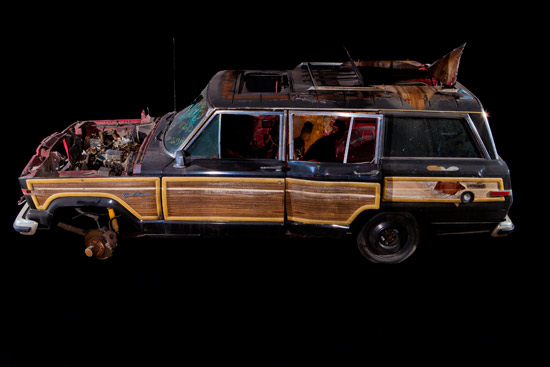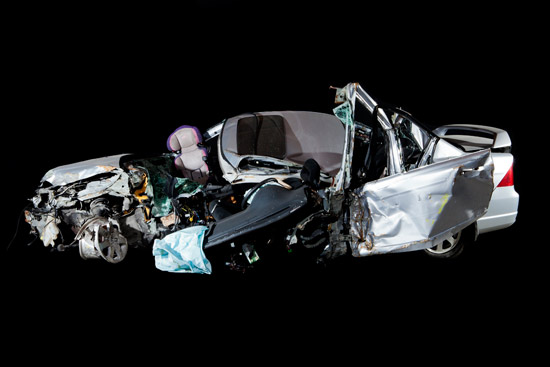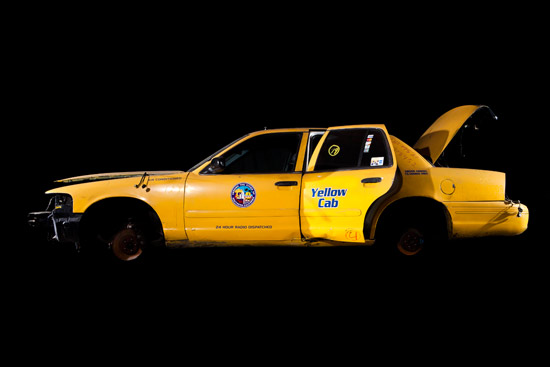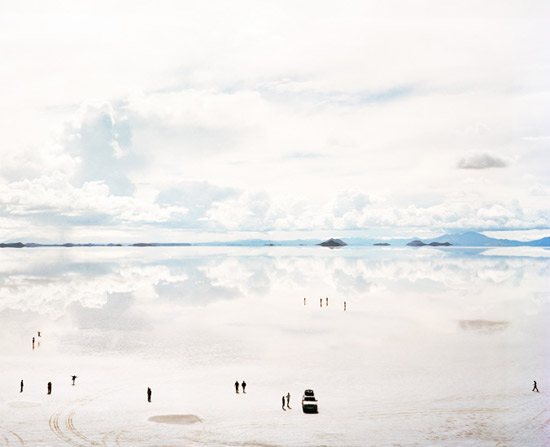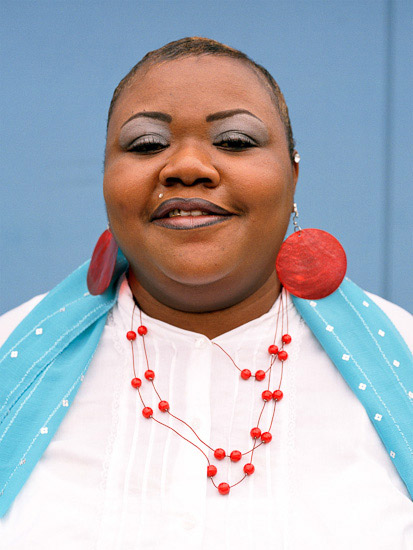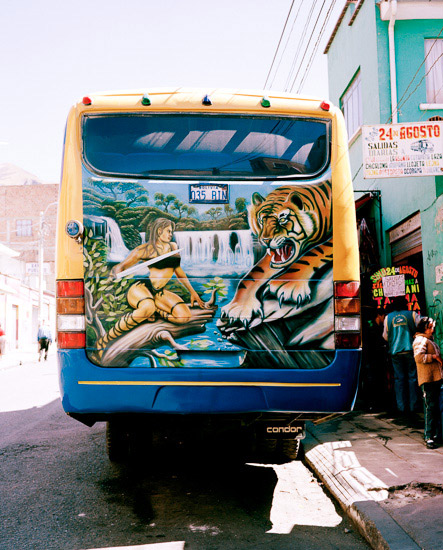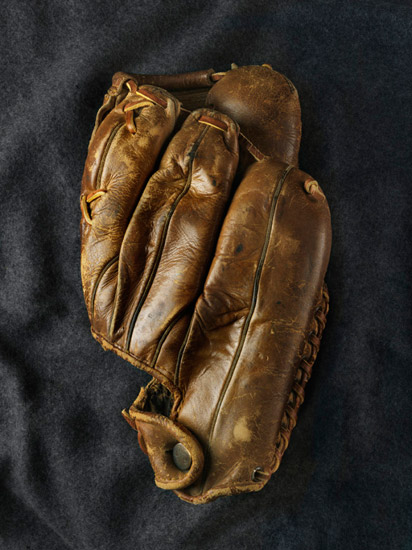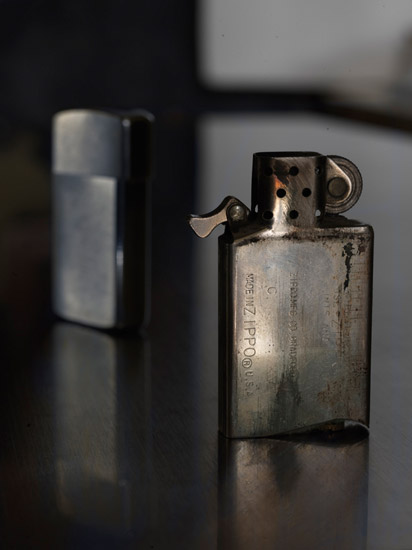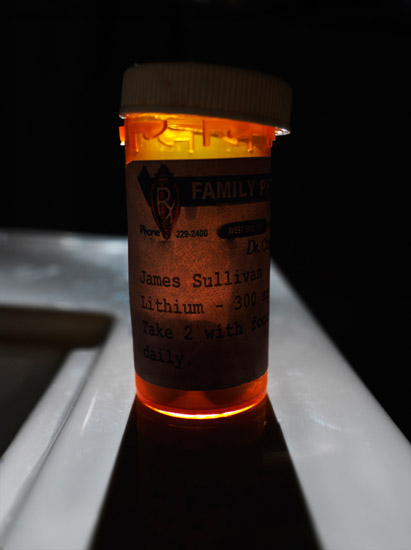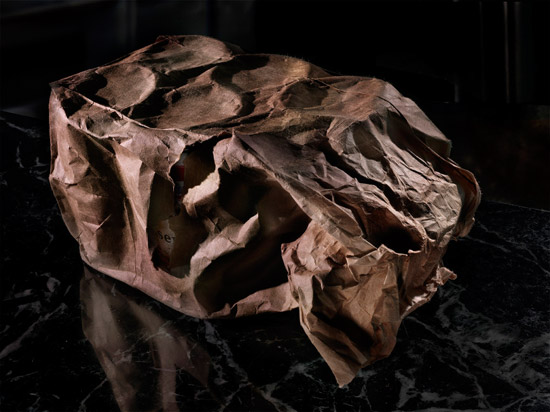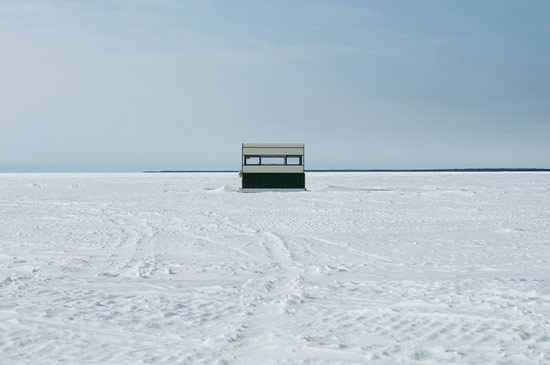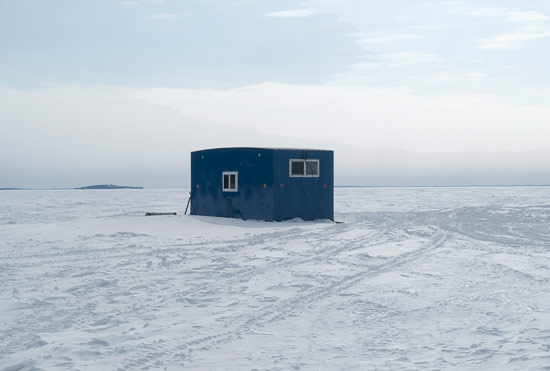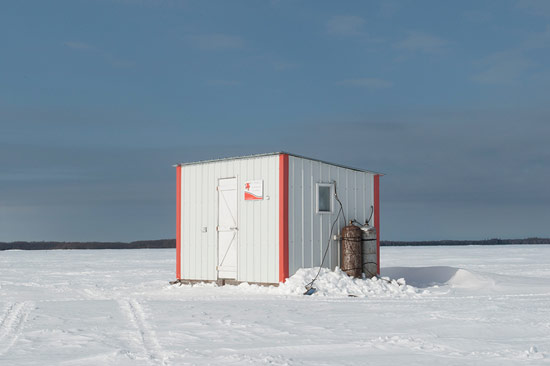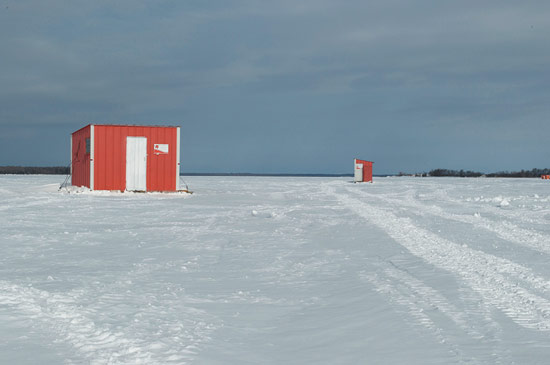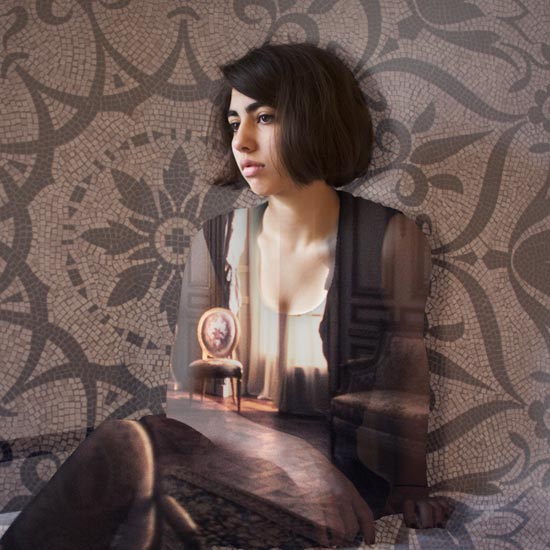 Ece, Turkey. © Bilo Hussein
Ece, Turkey. © Bilo HusseinBilo Hussein is one of the delightful and impressive students from NY's School of Visual Arts I met during the class thesis review this year. Here are a few images from her heartfelt series "Never Home."
"When I was growing up in Saudi Arabia, my Sudanese parents often reminded me that the country we lived in was not our home. It was only years later that I understood the implications of this - that it might become impossible for me to 'belong' to any culture and that there was no place I could comfortably call home."
"Never Home is an ongoing project driven by the sense of segregation in religion, culture and gender that I experienced as a child in Saudi Arabia. I also express my continuing wish to find a place where I can fit in regardless of belief."
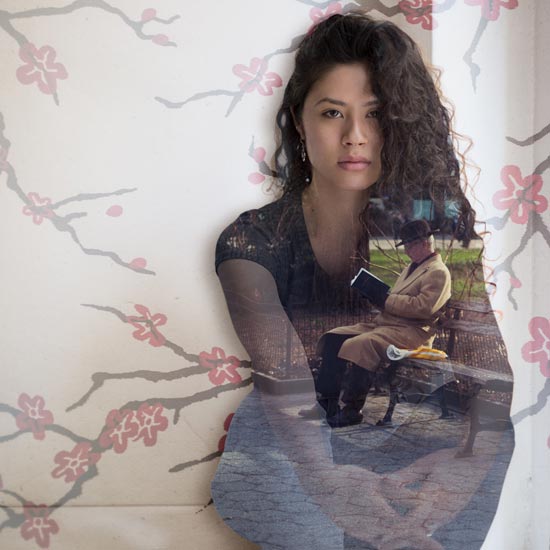 Sakura, Japan
Sakura, Japan"As I went on to arrange and shoot the portraits, I directed my subjects to think about their formative experience in their culture of origin - on the good and the bad. I found myself almost subconsciously placing them next to a window, for reasons beyond its value as a light source. I came to the realization that they were really me sitting by the window as a child, locked up in our house in Jeddah wondering if I were ever to leave this place if would find another land I could honestly call home."
 Ailin, Ecuador
Ailin, EcuadorOf course, she found much in common with the women she chose to photograph, all transplants from elsewhere, domestic and abroad. In post-production, Bilo layers images of New York that are significant to her and textures that relate to the person's original home. Simply lovely.
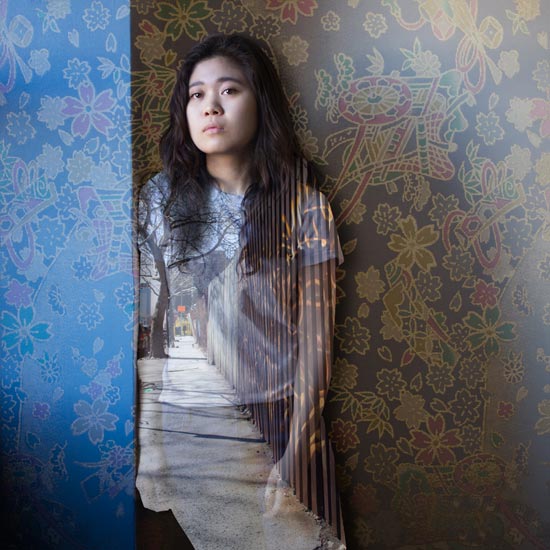
Solah, Korea

